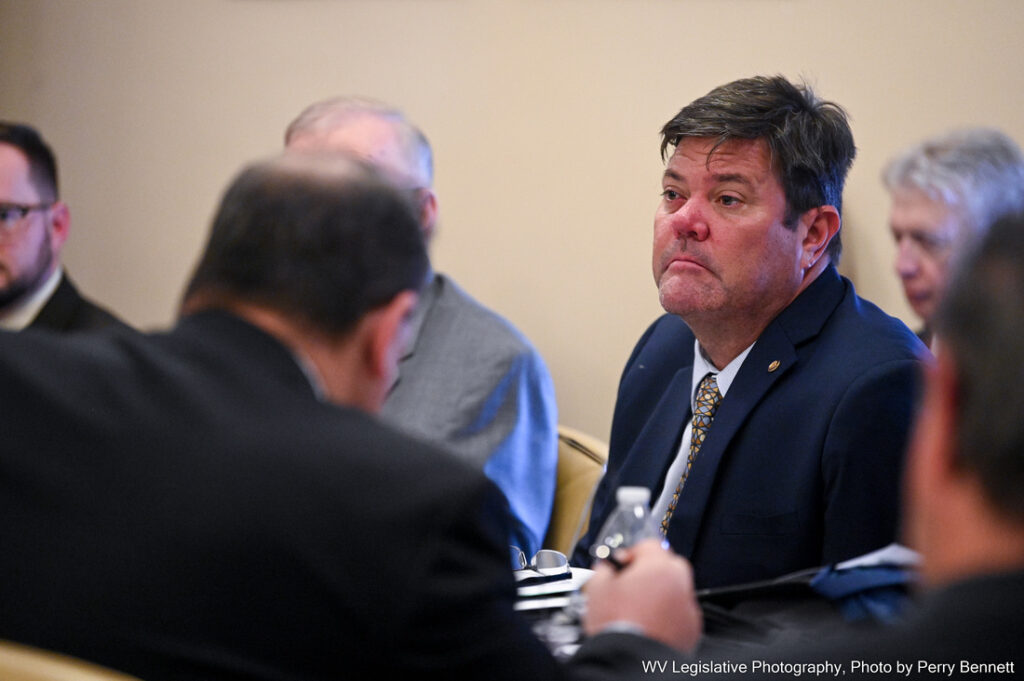New Battlefield Site Replacing Dilapidated Harpers Ferry Buildings
Five derelict buildings in Harpers Ferry are being torn down beginning this month. A new battlefield landscape will take their place.
Continue Reading Take Me to More News
Federal school aid funding was up for review in the House Committee on Education this week.
Samuel Pauley, school operations officer for the West Virginia Department of Education (WVDE), talked about the Public School Support Program (PSSP), or state school aid funding formula.
PSSP is a plan of financial support for the public schools in the State of West Virginia. It covers the state’s responsibilities as well as that of the 55 county school districts.
Pauley provided an overview of the funding formula allowance, including calculations used for areas of funding for school personnel, transportation and fixed costs.
He explained that local governments provide a local share of funding which is calculated based on the regular levy or tax base of each school system.
Annually, the WVDE receives information from assessors across the state in each county that enables them to calculate how much is borne by local tax dollars in those counties.
The rest is net state aid to schools – the amount appropriated to school districts by the West Virginia Legislature. It is based on student population and densities of counties.
The student census for school aid funding is conducted each year by Oct 1. Any student entering a school after that date is not eligible for state aid funding.
Del. Michael Hornby, R-Berkeley, asked about future projections for student counts.
“Are you able to be proactive with the growth counties?” Hornby asked. “Because it seems if you’re doing a calculation, Oct. 1, and a county is growing 15 percent, or declining 15 percent – are you able to project out or do any kind of calculation with those school aid formulas based on previous growth?”
Pauley responded that the only projection his department has authority over in the statute is their increased enrollment funding calculation.
“Essentially, it looks at each individual school district and what their enrollment was the previous year,” Pauley said. “So we have a state policy that governs how we estimate increased enrollment, because we don’t really know what their enrollments are going to do until after the budget bill’s passed and the new school year has already started.”
Melanie Perky, federal programs officer for the West Virginia Department of Education updated the committee with a report on federal programs including the Individuals with Disabilities Education Act, National School Lunch Program and one time COVID-19 relief funding.
Perky talked about strict auditing and financial procurement requirements or accountability systems schools must meet when using federal dollars.
“Many of these programs have tests built in that counties and states have to verify that they are maintaining the state base level – that we’re using the federal funding to meet the requirements of this and the responsibilities of the state,” Perky said.
Asked by the committee chair if there was a cap on federal funding, Laura Pauley, director of the office of federal programs for the West Virginia Department of Education explained that it depends on how Congress appropriates money.
“Unfortunately, most of our funding is due to poverty,” she said. “So we do get, you know, a decent share considering our size and our population. I believe we’re one of only a handful of states to where every district in our state qualifies for Title I.”